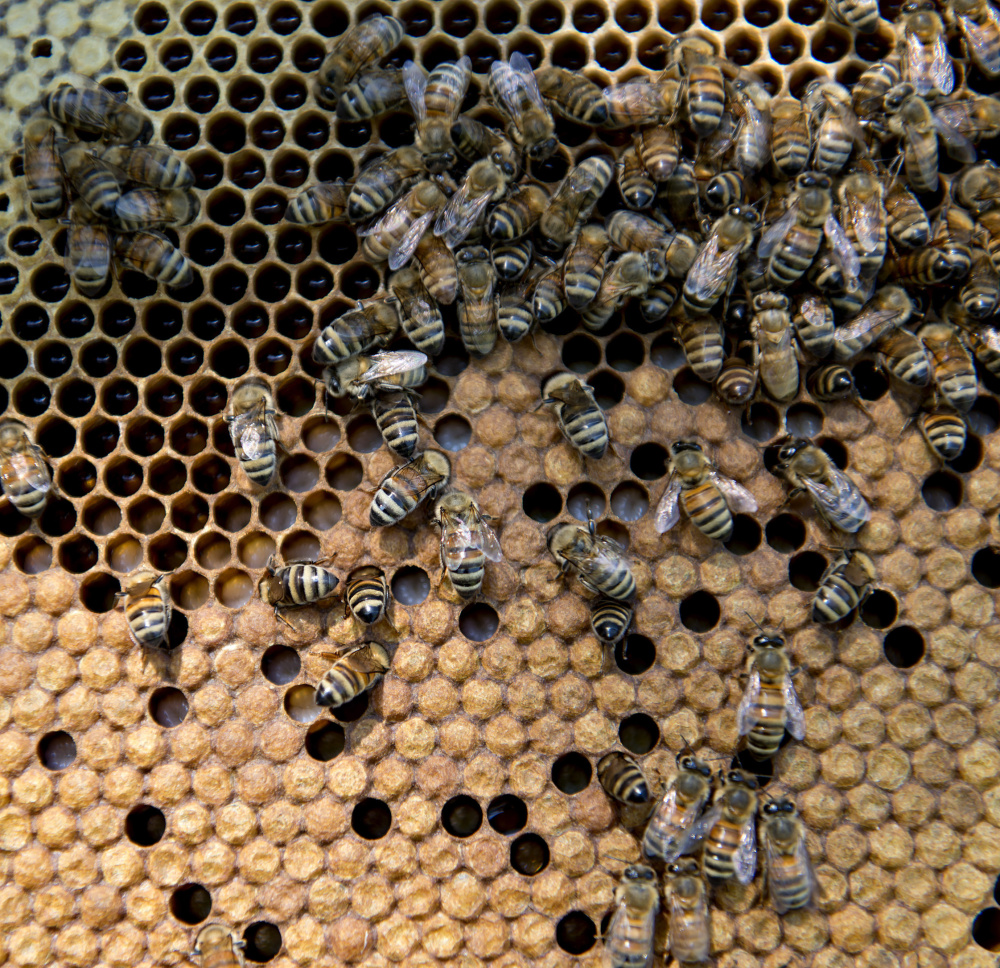The number of U.S. honeybees, a critical component to agricultural production, rose in 2017 from a year earlier, and deaths of the insects attributed to a mysterious malady that’s affected hives in North America and Europe declined, according a U.S. Department of Agriculture honeybee health survey released Tuesday.
The number of commercial U.S. honeybee colonies rose 3 percent to 2.89 million as of April 1, 2017 compared with a year earlier, the Agriculture Department reported. The number of hives lost to Colony Collapse Disorder, a phenomenon of disappearing bees that has raised concerns among farmers and scientists for a decade, was 84,430 in this year’s first quarter, down 27 percent from a year earlier. Year-over-year losses declined by the same percentage in April through June, the most recent data in the survey.
Still, more than two-fifths of beekeepers said mites were harming their hives, and with pesticides and other factors still stressing bees, the overall increase is largely the result of constant replenishment of losses, the study showed.
“You create new hives by breaking up your stronger hives, which just makes them weaker,” said Tim May, a beekeeper in Harvard, Illinois and the vice-president of the American Beekeeping Federation based in Atlanta. “We check for mites, we keep our bees well-fed, we communicate with farmers so they don’t spray pesticides when our hives are vulnerable. I don’t know what else we can do.”
Environmental groups have expressed alarm over the 90 percent decline during the past two decades in the population of pollinators, from wild bees to Monarch butterflies. Some point to a class of pesticides called neonicotinoids as a possible cause, a link rejected by Bayer AG and other manufacturers.
In the USDA study, beekeepers who owned at least five colonies, or hives, reported the most losses from the varroa mite, a parasite that lives only in beehives and survives by sucking insect blood. The scourge, present in the U.S. since 1987, was reported in 42 percent of commercial hives between April and June this year, according to the USDA. That’s down from 53 percent in the same period one year earlier. Among other factors, beekeepers said 13 percent of colonies in the second quarter of this year were stressed by pesticides, 12 percent by mites and pests other than varroa and 4.3 by diseases.
Send questions/comments to the editors.



Comments are no longer available on this story